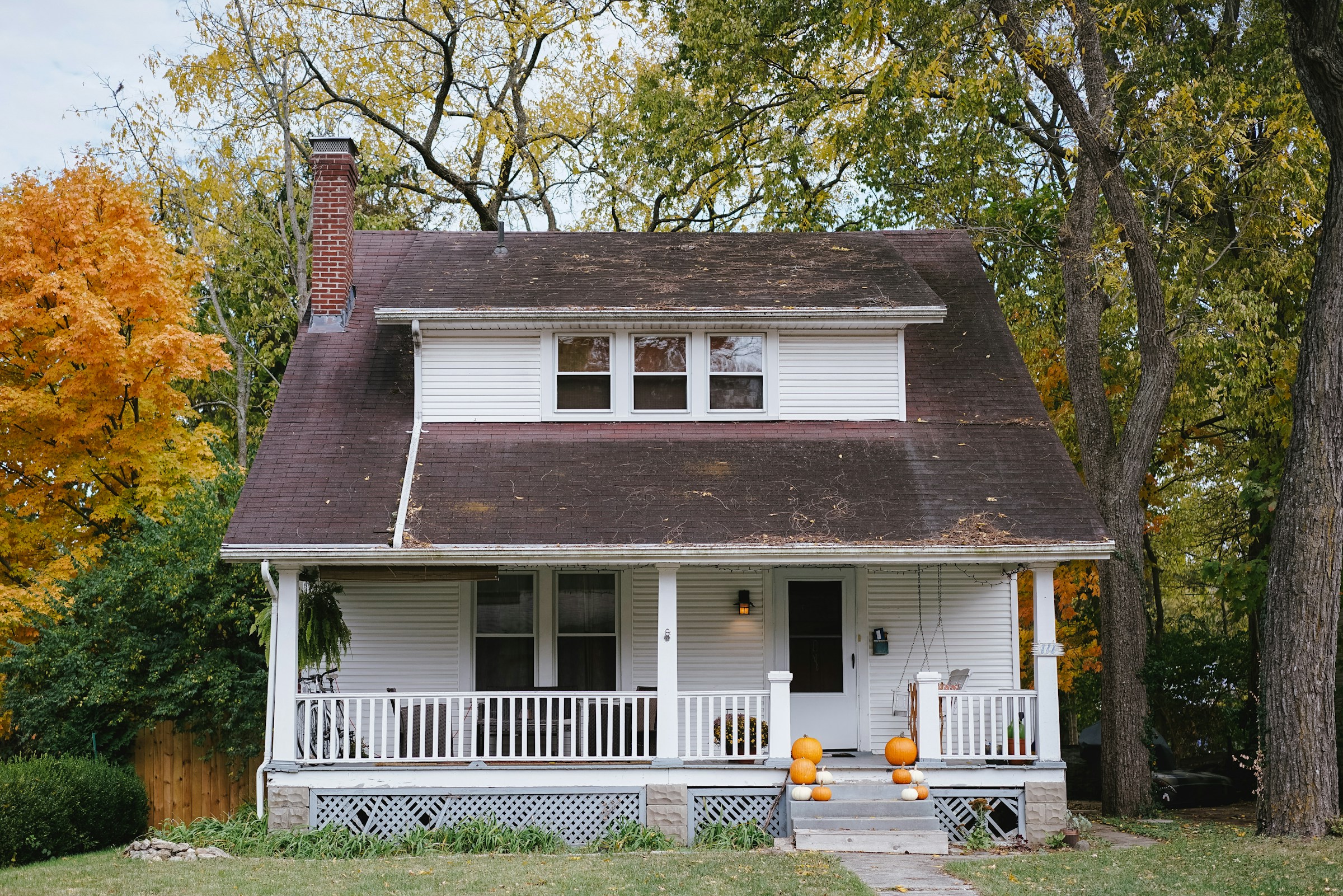What’s the most efficient way to heat an attic conversion in a heritage home?

The quest to find the most efficient way to heat an attic conversion in a heritage home can be likened to a journey of discovery. This journey often involves seeking answers to crucial questions such as what is the best system to use? Will the heating method preserve the architectural integrity of the heritage building? How will the insulation and energy costs factor in? What role will the roof, ceiling, and windows play in maintaining temperature balance?
We will explore these significant components, their impacts, and how to optimize them for effective heating. By the end of this deep dive, we hope to empower you with the knowledge and information needed to make the best decisions for your space.
A lire également : How to choose the right plants for a high-humidity bathroom environment?
The Importance of Insulation
Insulating your attic conversion is the first and most critical step in ensuring efficient heating. The right type of insulation will not only keep your home warm during the cold seasons but also help conserve energy, thereby significantly reducing heating costs.
Insulation materials work by slowing down heat transfer. This process, scientifically known as conduction, is what keeps your home warm on a cold day and cool on a hot day. The performance of insulation is measured by its R-value. The higher the R-value, the greater its effectiveness at reducing heat flow.
A lire aussi : How to create an outdoor cinema experience in your garden?
For an attic, insulation can be installed in several areas, including the attic floor, the ceilings of the rooms below the attic, the interior or exterior walls, and the space between the roof rafters. To insulate a heritage home, you must consider the building’s architectural integrity. You could insulate your attic with loose-fill, batt, or spray foam insulation, depending on the specific characteristics of your home.
Efficient Heating System Selection
The next step after insulation is choosing a heating system. What heating system is best for an attic conversion in a heritage home? The answer largely depends on the size of the attic, the insulation in place, and the home’s existing heating system.
Radiant floor heating, also known as underfloor heating, is an excellent option. This system uses tubes of hot water or electric cables to heat the floor, and subsequently the room. This is particularly effective because heat rises. As such, the warm air will circulate around your attic space, providing consistent warmth.
Ductless mini-split heat pumps are another option. These systems are energy efficient, simple to install, and perfect for heating individual rooms. They consist of an outdoor compressor and an indoor air-handling unit, connected by a conduit. They can be easily installed without disrupting the architectural aesthetics of the heritage home.
Proper Ventilation and Air Circulation
Proper ventilation and air circulation are crucial in maintaining an efficiently heated attic conversion. Ventilation ensures there’s enough fresh air and helps maintain the right humidity levels, preventing condensation which can lead to mold growth and structural damage over time.
Air can be circulated effectively using ceiling fans. In the winter, run your ceiling fans in a clockwise direction. This will create an updraft that pushes the warm air near the ceiling down into the room.
Windows and Heat Loss
Windows can be a significant source of heat loss. However, they can also serve as a source of solar heat gain. In a heritage home, it’s vital to balance maintaining the original aesthetics with improving window energy efficiency.
Consider installing energy-efficient windows that have a high R-value. These windows are designed to reduce heat loss. Double-glazed windows, for example, are far more effective at retaining heat than single-glazed windows. They comprise two layers of glass with a gap in between that’s filled with an insulating gas, significantly reducing heat transfer.
Cost Considerations
The cost of heating an attic conversion in a heritage home can be significant, but there are ways to mitigate these costs.
Firstly, consider the long-term energy savings when choosing insulation and heating systems. More effective insulation and energy-efficient heating systems may cost more upfront but will save money in the long run.
Secondly, take advantage of any government grants or subsidies available for energy-efficient home improvements. Many governments are committed to reducing carbon emissions and encourage homeowners to make their homes more energy efficient.
Lastly, consider the value that a well-heated, comfortable, and usable attic conversion adds to your home. It’s not just about the costs but also the benefits and value addition to your property.
With proper planning, the right insulation, an efficient heating system, good ventilation, and energy-efficient windows, you can create a warm, cozy attic space in your heritage home without compromising its historic charm and character.
Utilizing Natural Light and Design for Heating
Harnessing natural light is an energy-efficient way to help heat your attic conversion. Windows, skylights, and solatubes can all be used to allow sunlight to penetrate into your attic space, providing both heat and light. This way, you can maximize the use of sunlight during the day and reduce the need for electric lighting and heating, leading to further energy savings.
Incorporating interior design elements that absorb and retain heat can also contribute to the heating efficiency of your attic space. Dark colored walls, for example, can absorb heat during the day and slowly release it at night, reducing the need for constant heating. You can also consider installing thermal mass materials such as stone or brick, which absorb, store, and slowly release heat over time.
As you focus on natural light and design, don’t forget about air sealing. This involves sealing all potential air leaks to prevent warm air from escaping and cold air from entering your attic. This can be especially important in historic buildings, where gaps and cracks may have formed over time. Air sealing can be done as part of insulation installation, further enhancing the efficiency of your heating system.
Conclusion: Creating a Comfortable Living Space in Heritage Homes
In conclusion, heating an attic conversion in a heritage home efficiently involves a multifaceted approach. It begins with proper insulation and the selection of an energy-efficient heating system. Balance this with proper ventilation and air circulation to ensure a healthy living environment.
Windows play a dual role; while they can cause heat loss, they’re also a source of solar heat gain and natural light. Developing a strategy that maximizes their benefits while mitigating drawbacks is key. Harnessing natural light and utilizing design elements that enhance heating efficiency can further improve the comfort and functionality of your attic space.
Finally, cost considerations should not only focus on initial outlays but also on long-term energy savings and the added value to your property. Look for opportunities like government grants or subsidies that can help offset the installation costs and make your project more affordable.
By combining these elements, you can create a cozy, comfortable, and energy-efficient home office or living space in your attic conversion. More importantly, you can achieve this without compromising the architectural integrity and historic charm of your heritage home. Remember, every heritage home is unique, and what works best for one may not work as well for another. Therefore, each solution should be tailored to the specific needs of your home.
